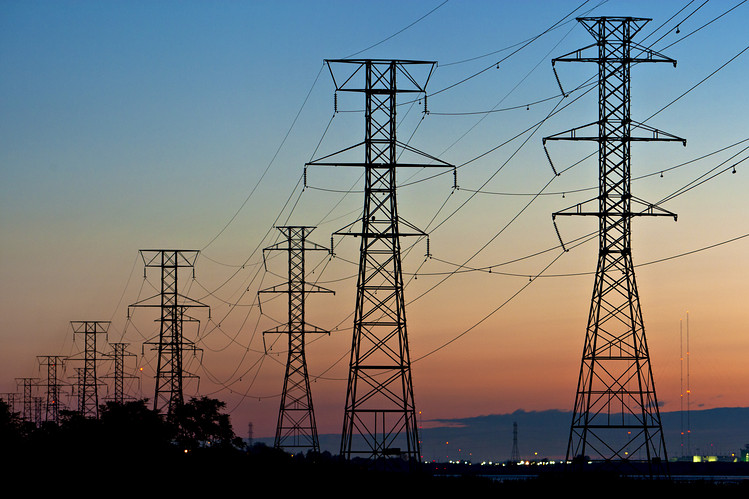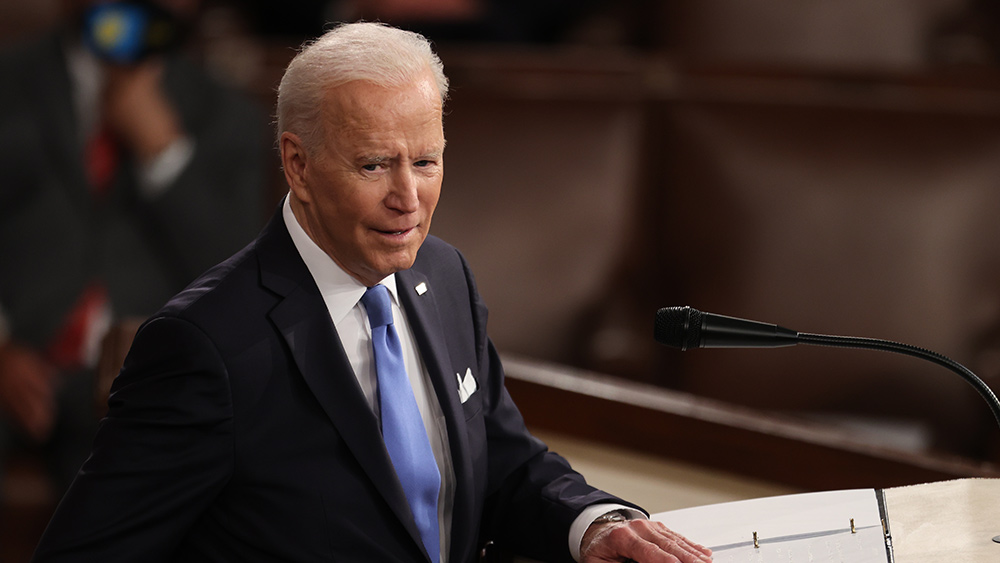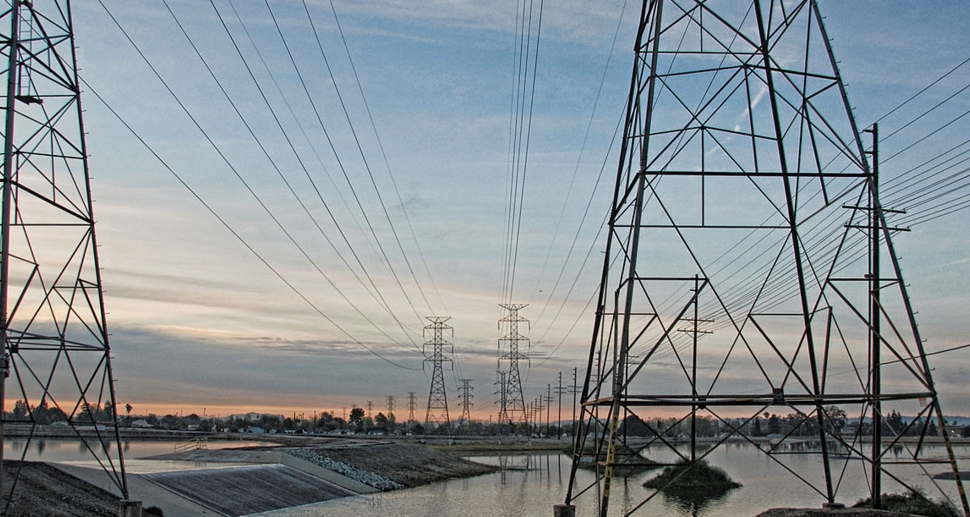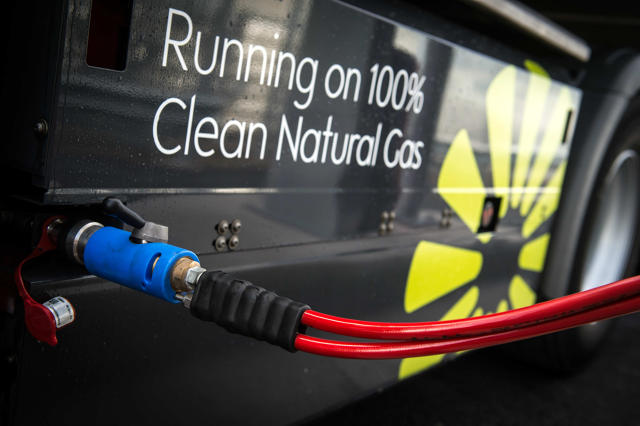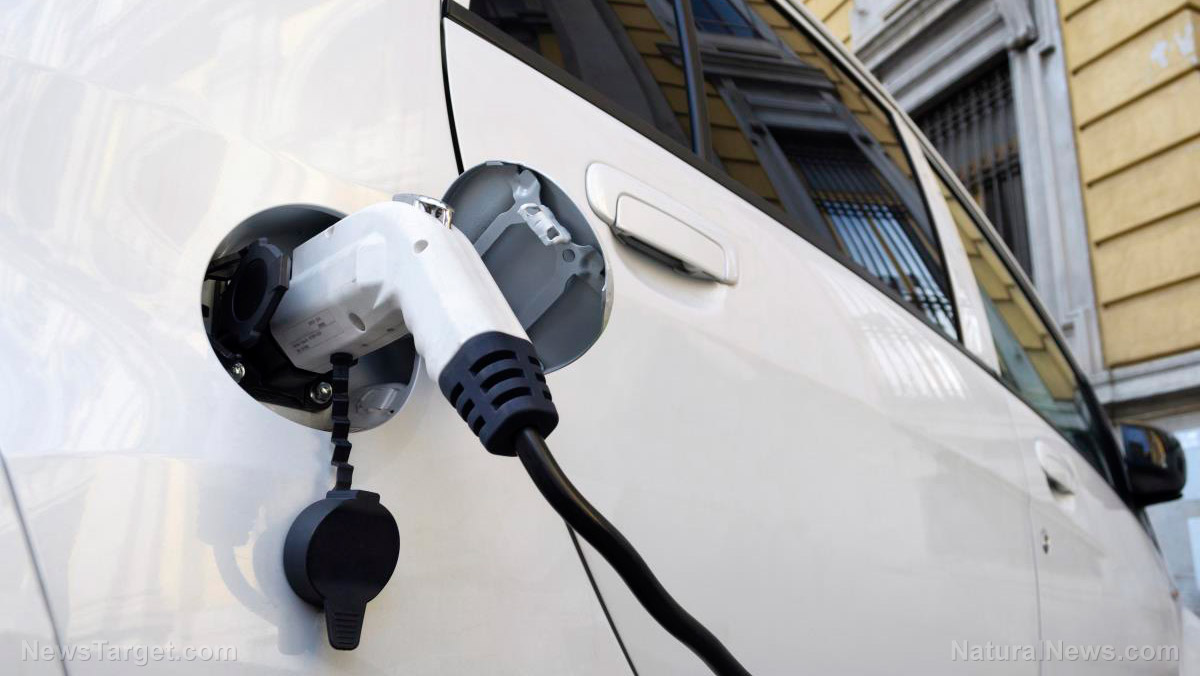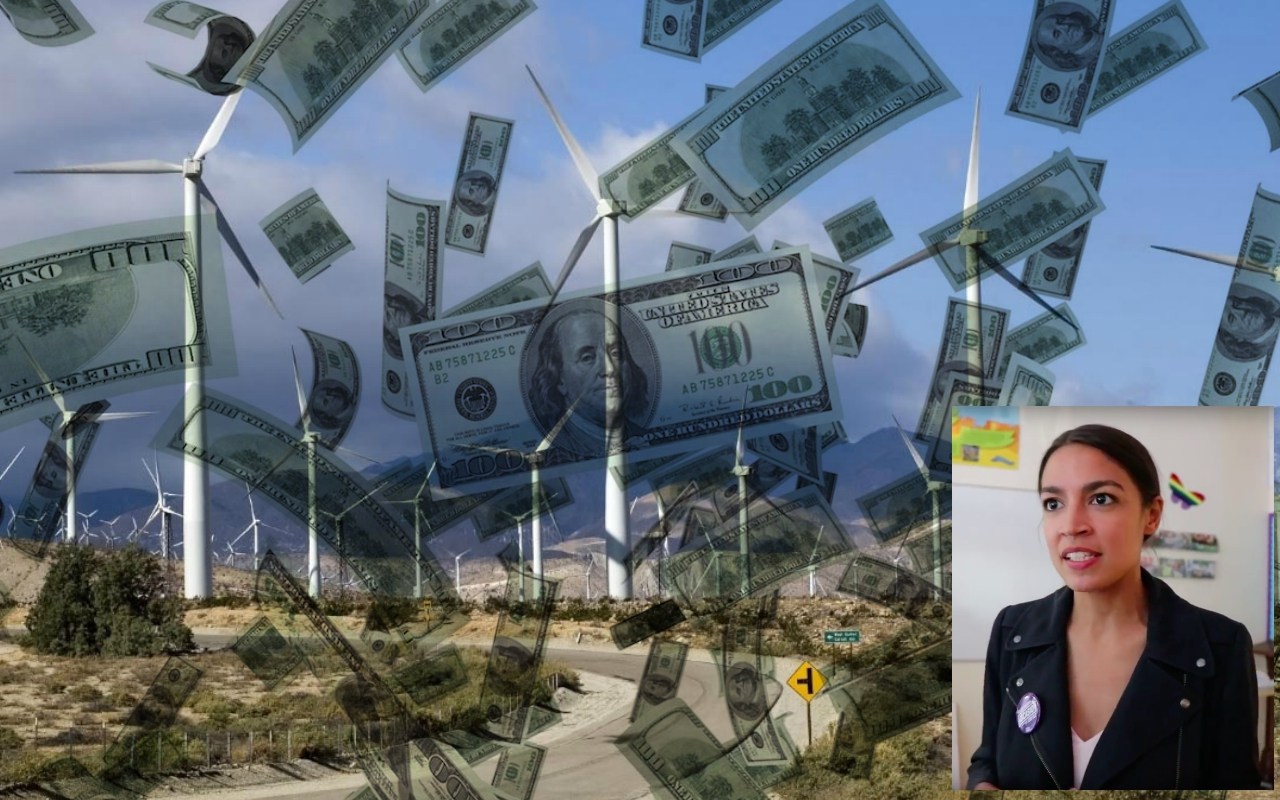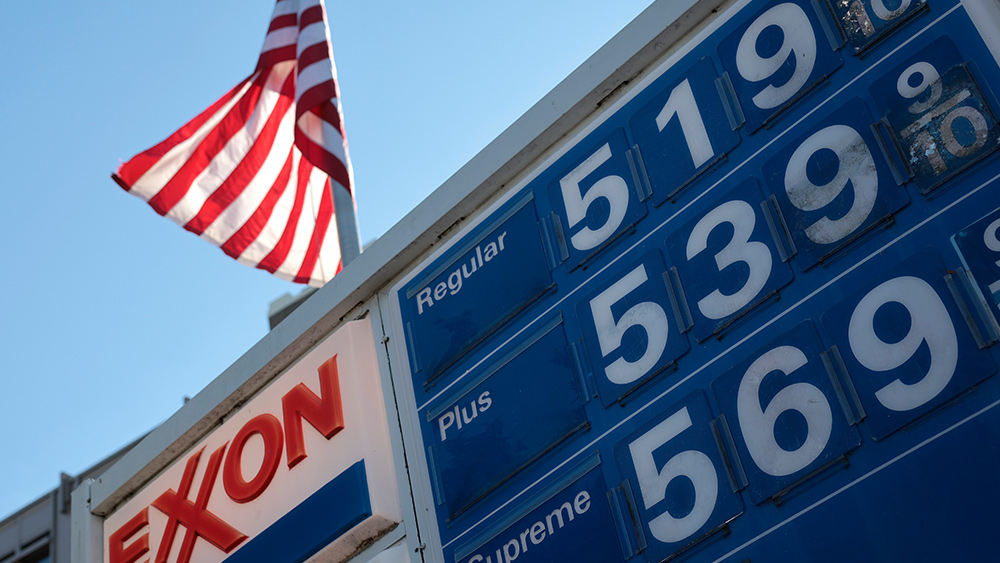Concerns regarding use of forced labor in manufacturing process hampering future of solar power
06/20/2022 / By Arsenio Toledo
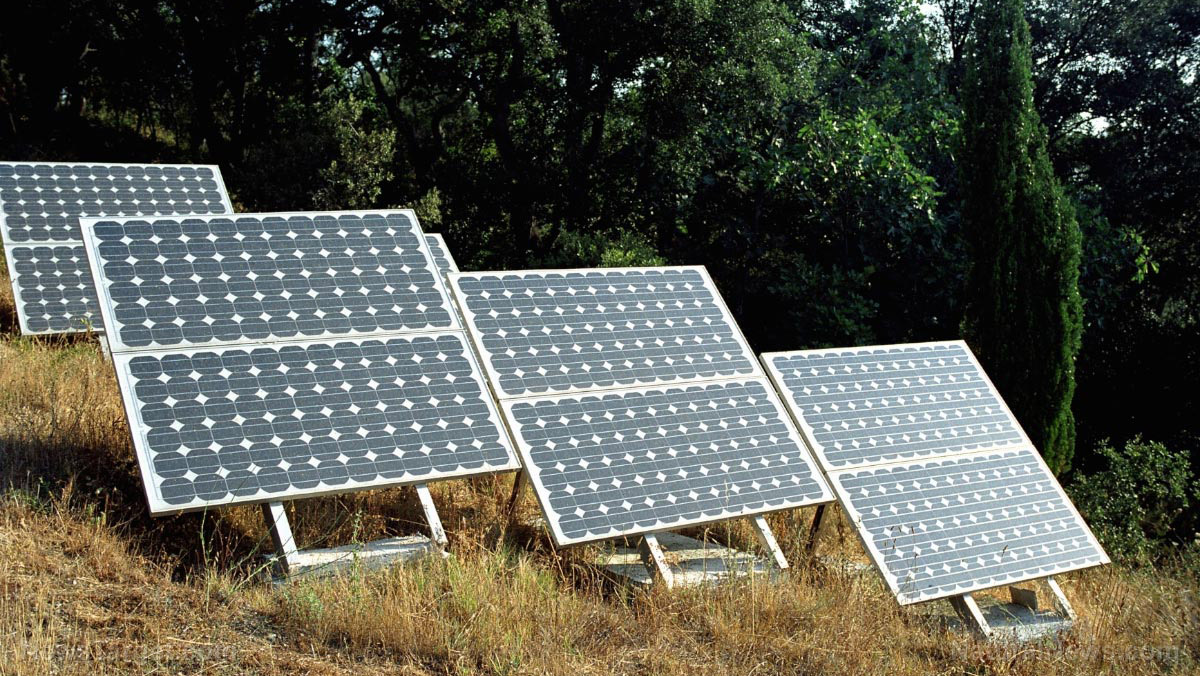
More and more households, businesses and municipalities in the United States and across the world are opting to transition to using solar as their primary source of energy. But many manufacturers of solar panels that make it possible to harness energy put out by the sun are becoming increasingly concerned about the future of this renewable source of energy.
Increasing concerns regarding human rights could slow down the expansion of solar power around the world. Many of the concerns are being directed at the fact that the solar industry is dominated by China and by materials and products coming out of China’s northwestern region of Xinjiang. The communist regime is being accused of not just using Xinjiang’s indigenous Muslim Uyghur population as forced labor, but also of herding them en masse into so-called “reeducation camps.”
It will be difficult for the worldwide solar industry to separate itself from Xinjiang and China.
Nearly half of the world’s supply of the materials used to make solar panels comes from Xinjiang. China produces around 70 percent of all solar equipment in the world. About half of all new solar power outlets being installed around the globe are in China. (Related: “Green” energy components are almost all made in China, and many use minerals from dirty mining operations.)
Finally, corporations based in China, many of whom are either heavily influenced by the Chinese Communist Party or are directly-owned by the Chinese state, have made very significant investments in sophisticated solar manufacturing facilities and in solar research and development.
It will be extremely difficult for solar companies to quit Xinjiang
Experts have pointed out that the solar industry relies heavily on Xinjiang and its cheap coal to produce 45 percent of the world’s supply of solar-grade polysilicon.
Polysilicon is the base material for solar panels used around the world. The conductive metal is turned into bricks and then turned into thin slices. These pieces are then wired into cells and patched together into the panels that are installed on rooftops and large fields.
Polysilicon requires a labor-intensive refining process to create. Part of this process involves taking 99 percent pure silicon metal and removing the impurities in it until it is 99.9999 percent pure. This process includes the use of highly corrosive chemicals that have to be heated above 1,832 degrees Fahrenheit.
This is why many solar companies and investors are concerned about China’s human rights record in Xinjiang.
“Political pressure is building up within the industry to reconsider the supply chain,” said Johannes Bernreuter, head of polysilicon market intelligence firm Bernreuter Research.
“It’s hard to have a supply chain right now without Xinjiang.”
Massive Chinese solar manufacturers have large contracts with Xinjiang-based polysilicon manufacturers. Four of the world’s five largest factories that produce polysilicon are also located in the region. These four factories combined produce around 230,000 tons of polysilicon per year.
Chinese authorities deny all accusations of forced labor
The CCP has described all reports of forced labor in Xinjiang as “the biggest lie of the century.”
“It’s a complete lie to say ‘forced labor’ exists in Xinjiang and the purpose of the lie is to limit and suppress the development of China and Chinese companies,” said the Chinese foreign ministry in response to questions raised by Bloomberg.
Analysts have argued that the reason production in Xinjiang is so strong is because of cheap power. According to Yali Jiang, an analyst with clean energy research group BloombergNEF, rates can be as low as 0.22 yuan ($0.034) per kilowatt-hour, compared with 0.6 to 0.7 yuan ($0.093 to $0.11) in central China.
Electricity accounts for around 40 percent of the manufacturing costs for the production of polysilicon. Xinjiang is home to some of the cheapest power in China because the region is abundant in coal. This significantly reduces operating costs.
Reacting to concerns regarding human rights abuses in Xinjiang, the U.S. has recently banned the importation of tomatoes and cotton from the region. Furthermore, the Solar Energy Industries Association (SEIA), an America-based trade body representing the country’s growing solar industry, has gotten 175 companies around the world to sign a pledge to avoid forced labor.
While this pledge is non-binding, it was able to get several Chinese solar companies to sign onto it.
“Forced labor has no place in the solar industry,” said the SEIA in a statement. “Since the fall, we’ve been proactively telling all solar companies operating in the Xinjiang region to immediately move their supply chains. We’d like to reiterate this call to action and ask all solar companies to immediately leave the region.”
It remains to be seen if the pressure put on the industry by the U.S. will be enough to get solar corporations around the world to ignore the allure of cheap prices presented by Xinjiang.
Learn more about the process that goes into producing solar panels as well as the current state of the solar industry by reading the latest articles at SolarPanels.news.
Sources include:
Submit a correction >>
Tagged Under:
China, communism, electricity, environ, forced labor, genocide, green energy, human rights, power grid, renewable energy, slave labor, slavery, solar panels, solar power, solar power industry, Xinjiang
This article may contain statements that reflect the opinion of the author
RECENT NEWS & ARTICLES
NewEnergyReport.com is a fact-based public education website published by New Energy Report Features, LLC.
All content copyright © 2018 by New Energy Report Features, LLC.
Contact Us with Tips or Corrections
All trademarks, registered trademarks and servicemarks mentioned on this site are the property of their respective owners.




